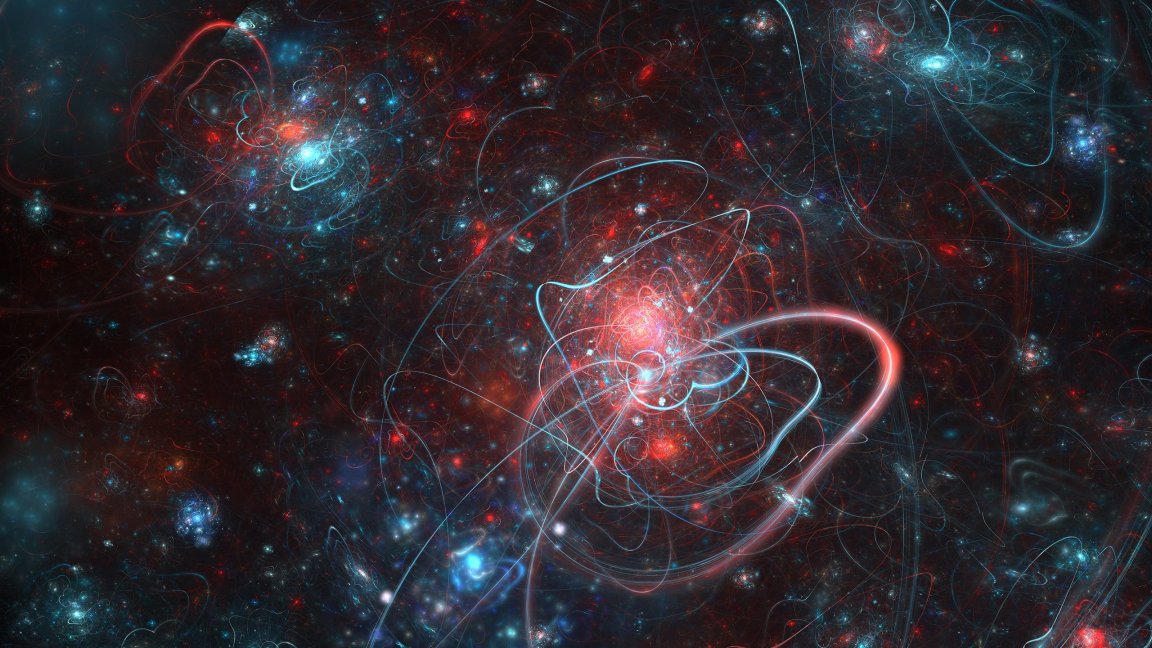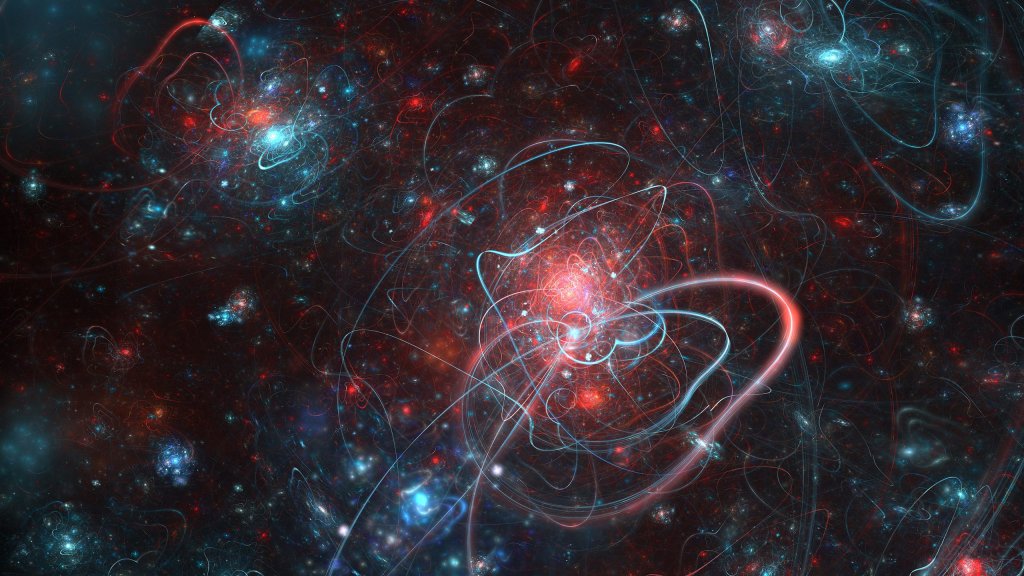

Researchers at The University of South Carolina, USC, have proposed that a link between string field theory and quantum mechanics does exist. The link assumes that string field theory is a fully consistent definition of the theory and thereby find in its structure that quantum mechanics emerges.
What is String Field Theory?
String field theory (SFT) is a formalism (a description of it in formal mathematical terms) of string theory where the dynamics of relativistic strings is formulated to adhere to the mechanics of quantum field theory (QFT), a theoretical framework in which quantum mechanical models of subatomic particles and quasiparticles are constructed.
The theory describes the interactions between particles in terms of the corresponding underlying fields known as field quanta. For example, quantum electrodynamics (QED) has one electron field and one photon field; quantum chromodynamics (QCD) has one field for each type of quark; in condensed matter physics, there is an atomic displacement field that gives rise to phonons.
Quantum field theory is a very difficult theory to understand, and has been described as just that many times over by renowned physicists, most notably Edward Witten, who was the first physicist to be awarded a Fields Medal from his work in developing string theory, quantum gravity, supersymmetric quantum field theories, and other areas of mathematical physics.
Reformulating string theory in terms of Quantum field theory is thereby a momentous task, due to its difficulty, but also a vital one.
“This could solve the mystery of where quantum mechanics comes from,” said Itzhak Bars, professor and lead author of the paper.
What are the researchers doing?
The conventional method to validate string field theory, is by use of quantum mechanics. However, the researchers worked backwards, using string field theory to validate quantum mechanics. The researchers concluded that a set of fundamental quantum mechanical principles, commutation rules, may be derived from the geometry of the strings joining and splitting.
“Our argument can be presented in bare bones in a hugely simplified mathematical structure,” Bars said. “The essential ingredient is the assumption that all matter is made up of strings and that the only possible interaction is joining/splitting as specified in their version of string field theory”.
The history of string theory
We can describe how gravity governs our solar system, galaxies, entire galaxy clusters and even how airplanes work with Newtonian Physics. We can also describe why there is an apparent time dilation between two observers moving relative to each other by using relativity. We can even describe why there is a gravitational time dilation between observers in different magnitudes of gravity. However, on an infinitesimally microscopic scale, physicists use relativistic quantum field theory to describe the interactions of subatomic particles and the various forces that they interact through. This area of physics is notoriously difficult to understand and at present, not a single theory can explain all the physical interactions and phenomena that occur in the observable universe.
Physicists have spent decades trying to unite quantum mechanics and general relativity in an attempt to understand more about why they work in their own respective domains. String theory was first proposed more than 40 years ago in the 1970s, and resolved inconsistencies of quantum gravity, suggesting that matter at its smallest scale is a string, contrary to the belief that it was a point.
Now, physicists are still trying to understand the mechanics of string theory, which require very different initial conditions to function such as extra dimensions and flavours.
How can this contribute to science?
Although the research conducted in string theory, quantum field theory and the like are not always perceived as being the most applicable to the real world, the research in itself is actually immensely important in understanding the very structure of our universe.
Quantum mechanics is although very successful as a model to describe the mechanics of microscopic particles and forces, but it contains a very large mystery.
“The commutation rules don’t have an explanation from a more fundamental perspective, but have been experimentally verified down to the smallest distances probed by the most powerful accelerators. Clearly the rules are correct, but they beg for an explanation of their origins in some physical phenomena that are even deeper,” Bars said.
There are no commutation rules that can describe and predict the uncertainty of quantum state particles at every point in the universe.
Quantum physics holds the key to unlock the doors of our existence: without research into quantum physics, we would never know why particles appear to be in two places at once, or why particles apparently travel and borrow energy through time. We would not have known why black holes appear to emit radiation or why supercooled silicon can levitate above magnets.
We need research into these fields to harness unimaginable theoretical and technological wonders the universe has yet to offer. Researchers like Itzhak Bars, Dmitry Rychkov keep humanity’s thirst for knowledge in the unknown alive, and with it, the prospect of unlocking yet another one of the universe’s mysteries.